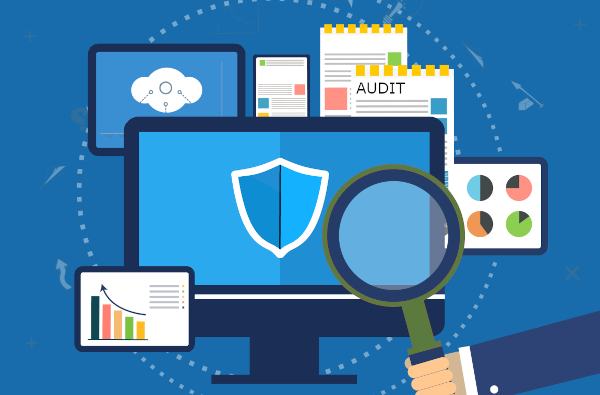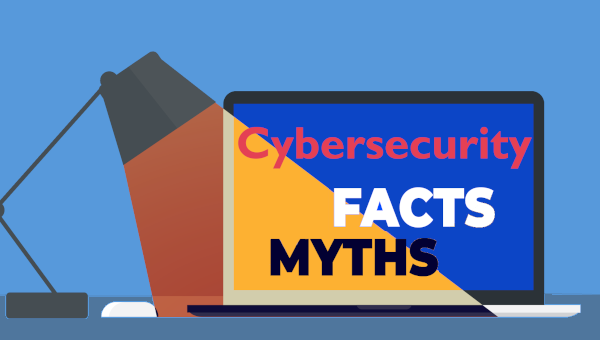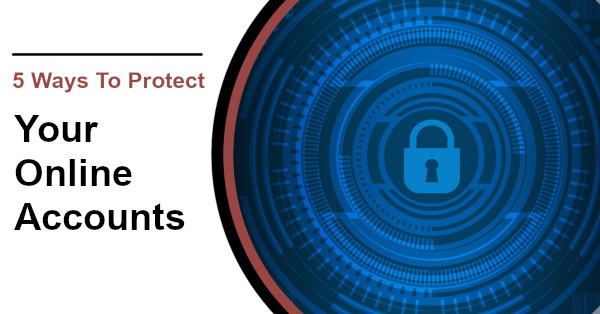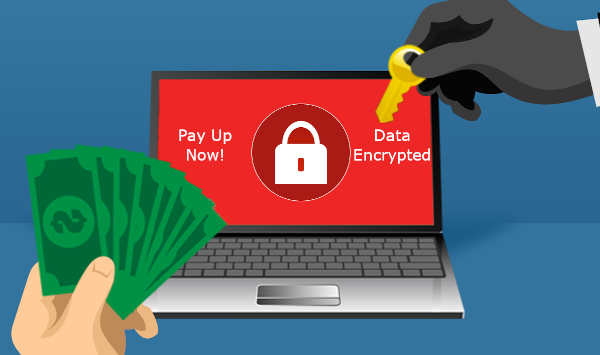Todays businesses heavily rely on the internet to operate and communicate, but with this comes a vital need: cybersecurity protection. Continue reading
Tag Archives: antivirus
Are You Lost in The Cybersecurity Jungle: Don’t Go Unprepared!
Cybersecurity is like a jungle: a sprawling, bewildering landscape that businesses find hard to explore. As an IT Provider, we understand the uncertainty that comes with trying to navigate the complex world of cybersecurity. The jungle is vast, with threats hidden in the undergrowth if you set anything up incorrectly and the path to safety (and compliance) is not clear. Continue reading
Do You Really Need It All? Understanding the Need for Comprehensive Cybersecurity
As a small business owner, your top priority is keeping costs low while supporting business growth. Your IT provider recommends investing in a robust stack of cybersecurity software and owners wonder whether they really need all those solutions. Continue reading
Explanation of Security Layers
A lot of people ask me about security and are often confused when I say you need multiple layers of security. This blog aims to explain the multiple layers and relates them to how you secure your own home or office. Continue reading
Finding The Right Balance of Security and Usability
Every day there there is news about some new malware, data leak or company hack. Your business is vigilant, but it feels like you always have to be doing more about cybersecurity to remain protected. Meanwhile, you want to balance security measures with convenience, usability and cost. That balancing act puts you somewhere on the sliding scale of security. Continue reading
Common Cyber Security Myths Debunked
In many areas there are myths that we accept as fact. Some of these are actually quite dangerous: this article debunks some cybersecurity myths so that you can keep your business safe. Continue reading
5 Ways to Protect Your Online Accounts
The rise in cloud services has caused a big increase in hacked cloud accounts. Compromised login credentials are now the #1 cause of data breaches around the world according to IBM Security’s latest Cost of a Data Breach Report. Continue reading
Ransomware is a Risk for Everyone – Big or Small!
Most people see reports on ransomware hitting government departments, hospitals and other big name companies. As such they think it won’t happen to them as the bad guys are just targeting the larger companies and organisations, but ransomware can just as easily infect your own computer. Continue reading
Protecting Your Computers While Working from Home

Many families today have a shared home computer to help with all their normal day-to-day activities. A teen can do school work, play games and chat to friends, a parent can check work emails, pay household bills and shop online while the youngsters play some games and browse YouTube. Yet with COVID-19 sending so many people home to work, the shared computer is getting a lot more use and is now also being used for business or corporate work. Continue reading
Are You Protected Against Leakware?
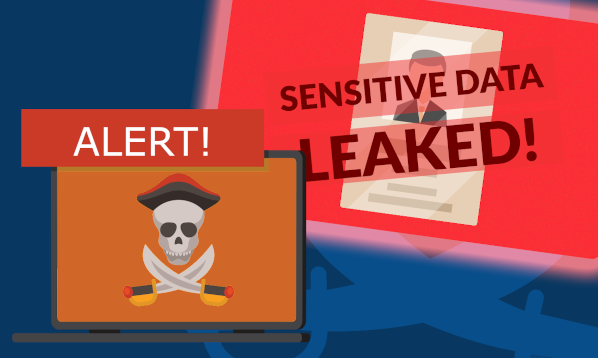
You should have heard about ransomware by now. Cyber-criminals access and encrypt your data and you have to pay a “ransom” for the key to unlock your data. If you have a backup you can revert to that and forget about the hackers threats. Leakware (also known as extortionware) is similar, but now the bad actors are threatening to post your confidential information online if you don’t pay up. Continue reading



